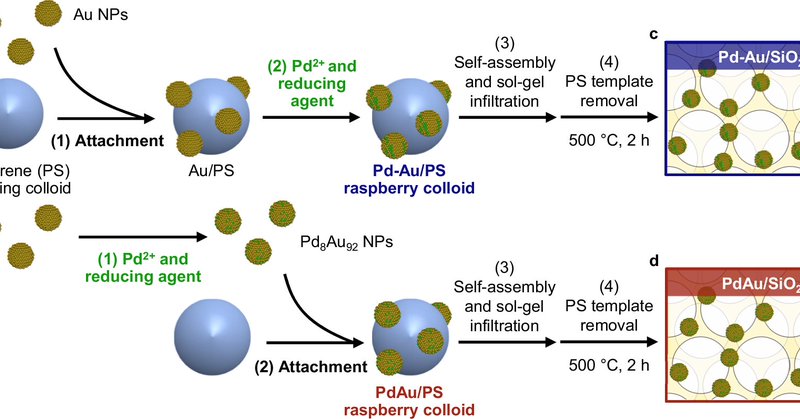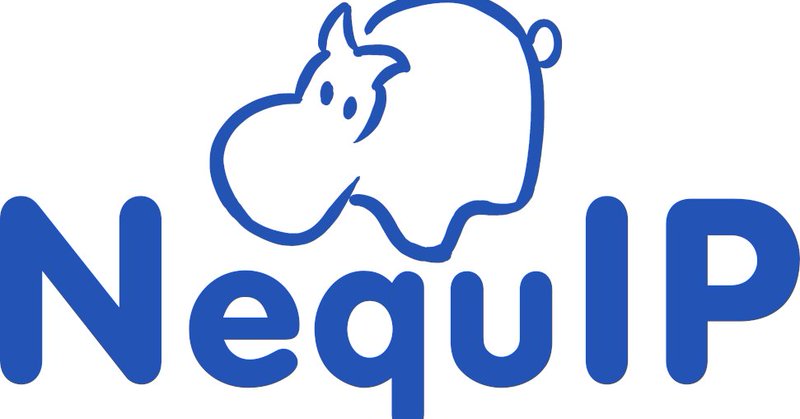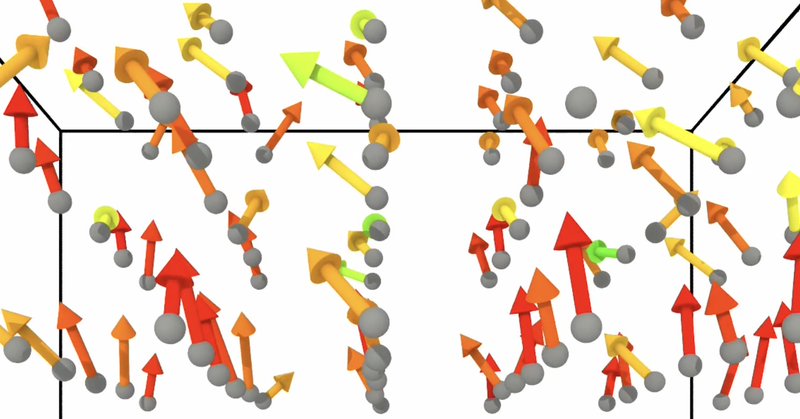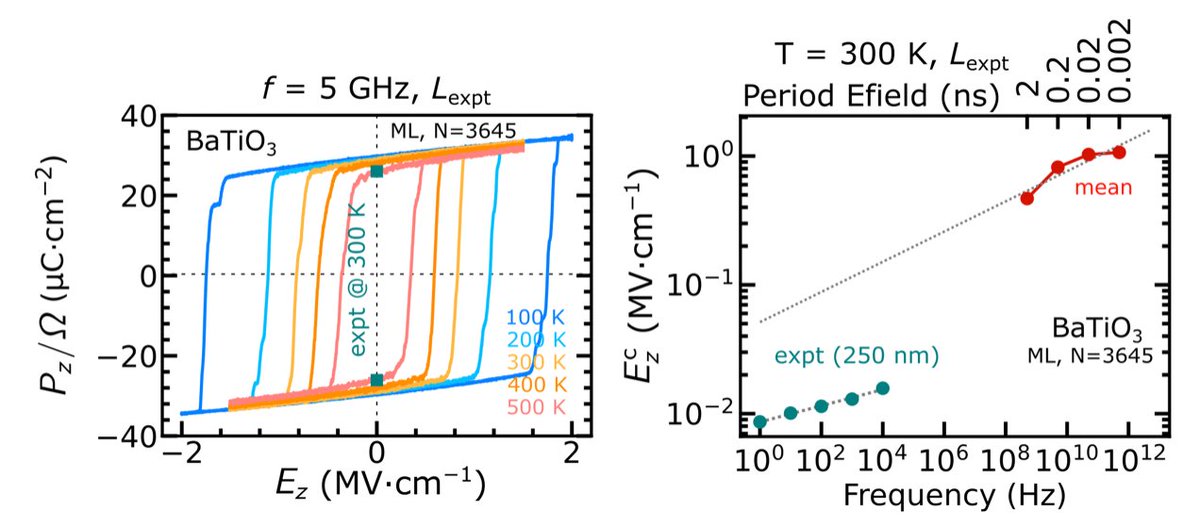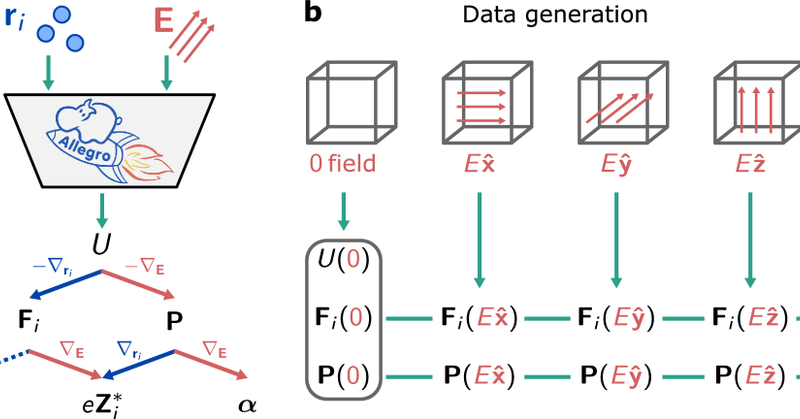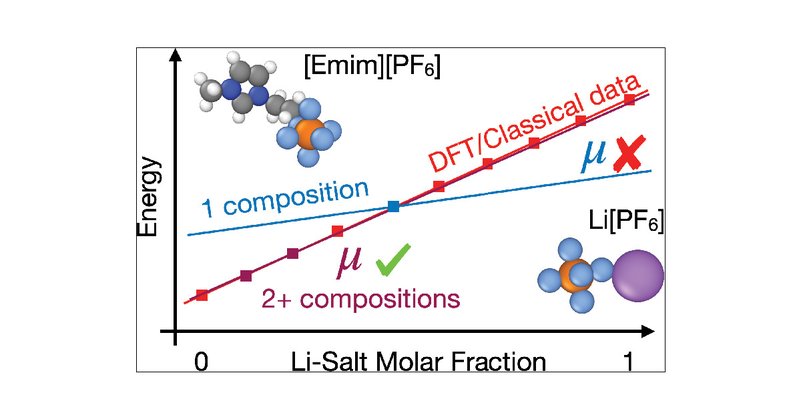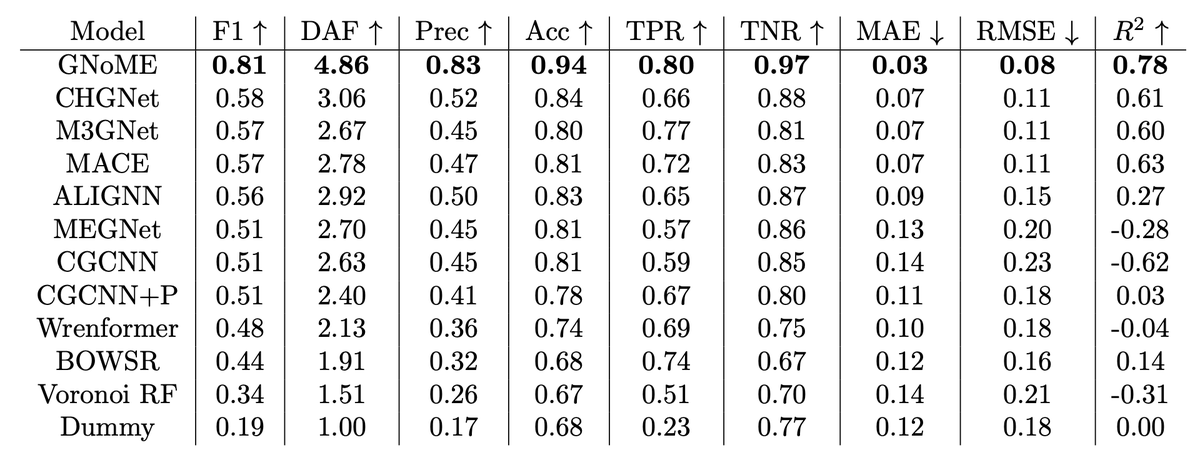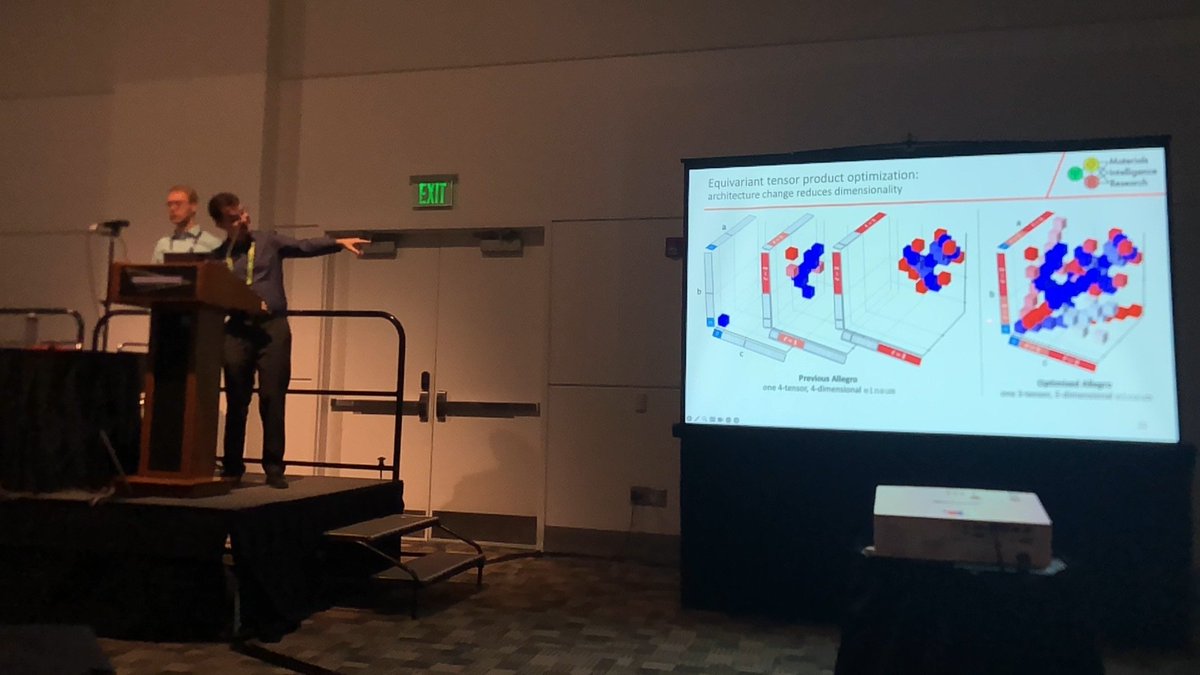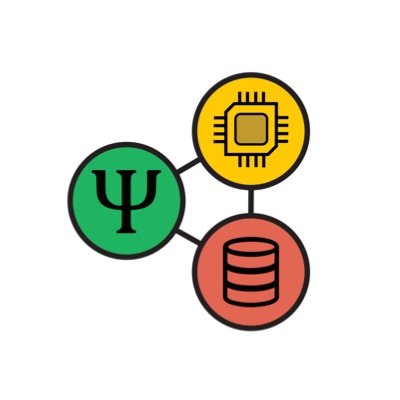
Materials Intelligence Research @ Harvard
@Materials_Intel
Followers
2K
Following
88
Media
59
Statuses
184
Boris Kozinsky's group at Harvard: Understanding dynamics of materials with computational physics + chemistry and machine learning.
Harvard University, Cambridge MA
Joined March 2019
RT @Kavanagh_Sean_: Machine learning can be powerful for understanding defects, but currently sufficient only in select cases. MLIPs (&….
0
10
0
RT @LimGarrick: In @NatureComms, we report how the sequence of preparing Pd8Au92/SiO2 catalysts tunes the size of Pd ensembles on the nanop….
nature.com
Nature Communications - The catalytic performance of dilute Pd-in-Au alloys depends on the Pd ensemble size on the bimetallic nanoparticle surface. Here the authors reveal how Pd ensemble formation...
0
6
0
@_MitKotak @AtomArchitects We look forward to adding more features. For example, we just released support for OpenEquivariance in NequIP: (Thanks Vivek and Austin . Feel free to reach out if you have questions or ideas:
0
0
2
With @_MitKotak from @AtomArchitects, we also added custom GPU kernels for the Allegro tensor product. These combined improvements made Allegro 5-18x faster than before, and for large models, enabled simulations with 40-50 times more atoms than what was previously possible.
1
0
1
Last month, we released a major update to the NequIP framework that fully leverages PyTorch 2.0 compilation for MLIPs. It’s significantly faster, easier to use, and more versatile than before. Preprint: Code:
github.com
NequIP is a code for building E(3)-equivariant interatomic potentials - mir-group/nequip
1
8
30
RT @hseas: A machine learning framework that can predict with quantum-level accuracy how materials respond to electric fields, up to the sc….
0
7
0
RT @FallettaStefano: Excited to see our AI model for electric fields featured by Harvard @hseas ! 🚀. Link to paper 👉 .
seas.harvard.edu
Machine-learning framework predicts effects of electric fields
0
13
0
Our Allegro-Pol model extended the Allegro architecture to predict how materials respond to external electric fields while enforcing physical rules. It could describe vibrational, dielectric, and ferroelectric behavior for systems up to millions of atoms!.
nature.com
Nature Communications - The authors introduce a machine-learning framework that predicts how materials respond to electric fields with quantum-level accuracy, capturing vibrational, dielectric, and...
1
4
24
RT @FallettaStefano: Beyond happy to announce today Allegro-pol, a machine-learning framework that predicts how materials respond to electr….
nature.com
Nature Communications - The authors introduce a machine-learning framework that predicts how materials respond to electric fields with quantum-level accuracy, capturing vibrational, dielectric, and...
0
20
0
Discover our simple guidelines for training accurate and transferable equivariant ML interatomic potentials for ionic liquid mixtures. Test them on your systems and let us know your results! @JPhysChem #IonicLiquids #MachineLearning DOI:
pubs.acs.org
Ionic liquids (ILs) are an exciting class of electrolytes finding applications in many areas from energy storage to solvents, where they have been touted as “designer solvents” as they can be mixed...
0
12
45
💡Open position for Professor in Applied Mathematics at Harvard @hseas with focus on Computing and AI for Science, Engineering, and Society. Emphasis is on development of applications with strong mathematical and computing foundations. Apply by 12/31/23.
0
2
3
🏆Nice way to start the winter break⛄️.
Beyond happy and very honored to receive my tenure promotion at Harvard @hseas. Most grateful to all my colleagues and collaborators, especially the amazing members of our @Materials_Intel group, whose work made this possible. Now the fun begins😀.
0
0
16
NequIP architecture from @Materials_Intel + compute, data & brains @Google = another leap in accuracy, this time in the universe of all known materials.
When evaluated on @jrib_'s MatBenchDiscovery, the model again does well (note that we only eval'ed on this long after the potential was trained, we never explicitly tried to optimize for this).
0
7
23
NequIP potentials trained at scale @GoogleDeepMind: GNoME models discover 2.2M (380,000 stable) crystals, expanding the space of materials known to humanity (OQMD+MaterialsProject+WBM) by x10! Already 736 of these materials synthesized by LBNL and others.
deepmind.google
We share the discovery of 2.2 million new crystals – equivalent to nearly 800 years’ worth of knowledge. We introduce Graph Networks for Materials Exploration (GNoME), our new deep learning tool...
0
8
46
RT @xiangfu_ml: Running MD simulations with ML force fields? Consider learning the scale separation for a potential ~2-4x speed boost using….
0
18
0

